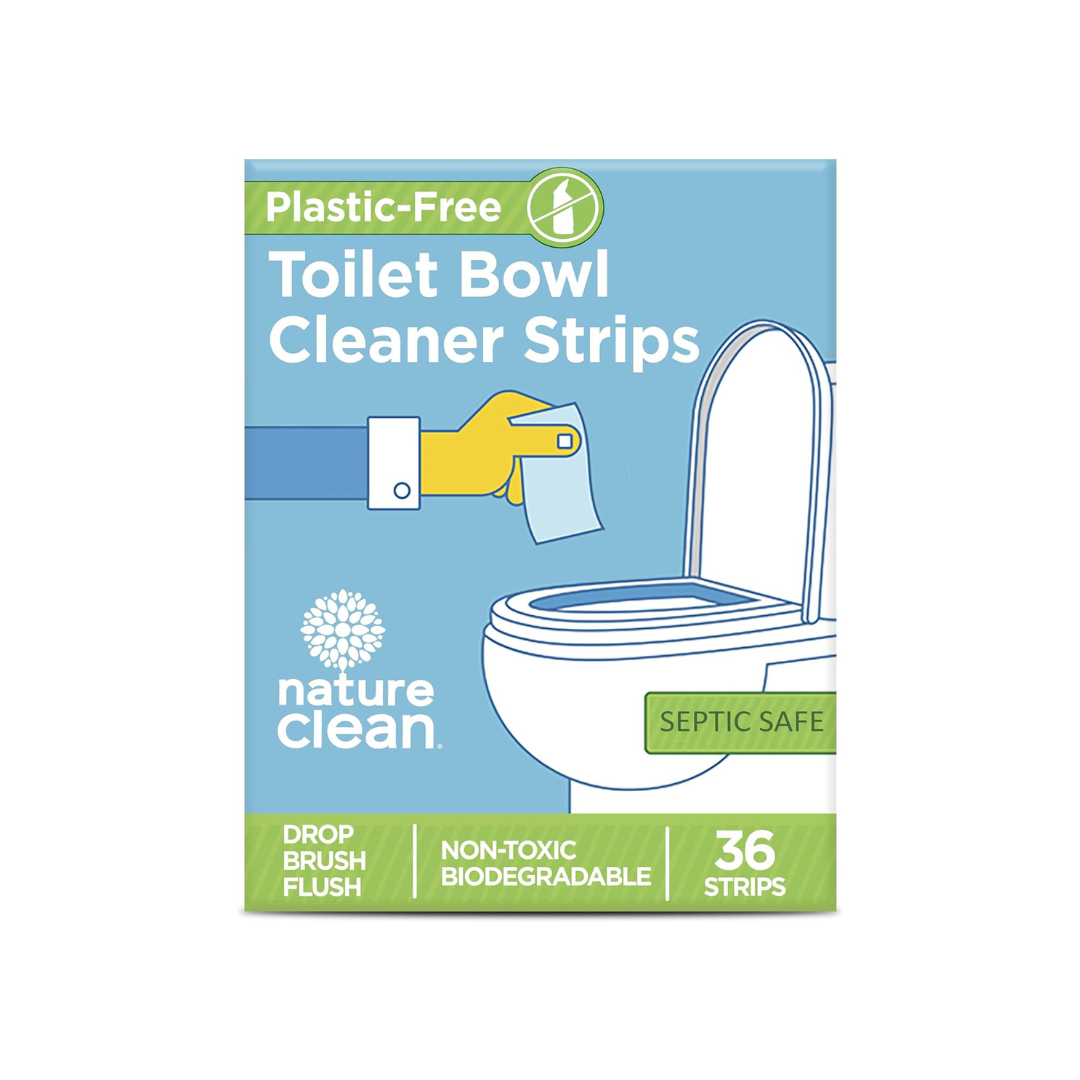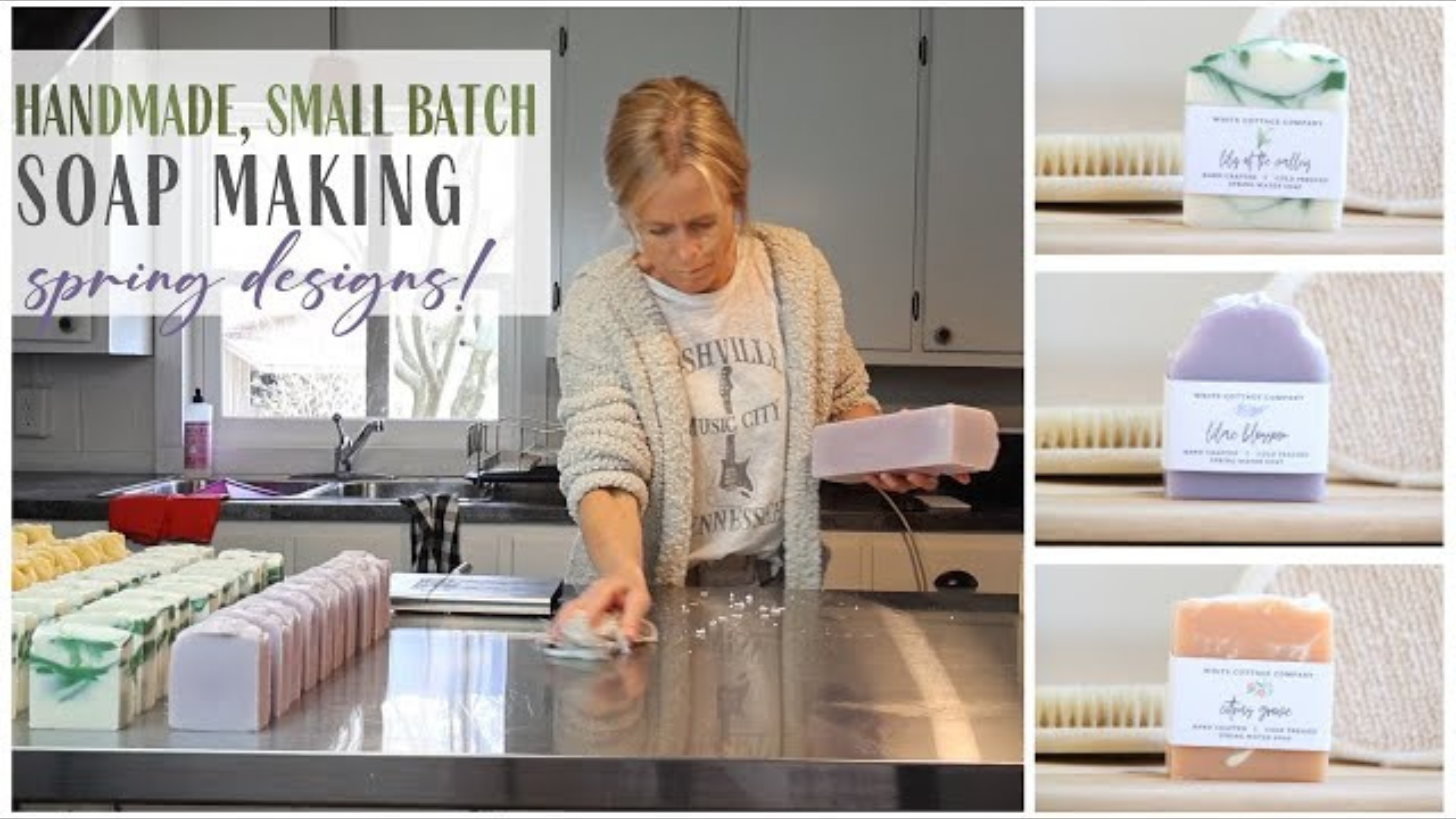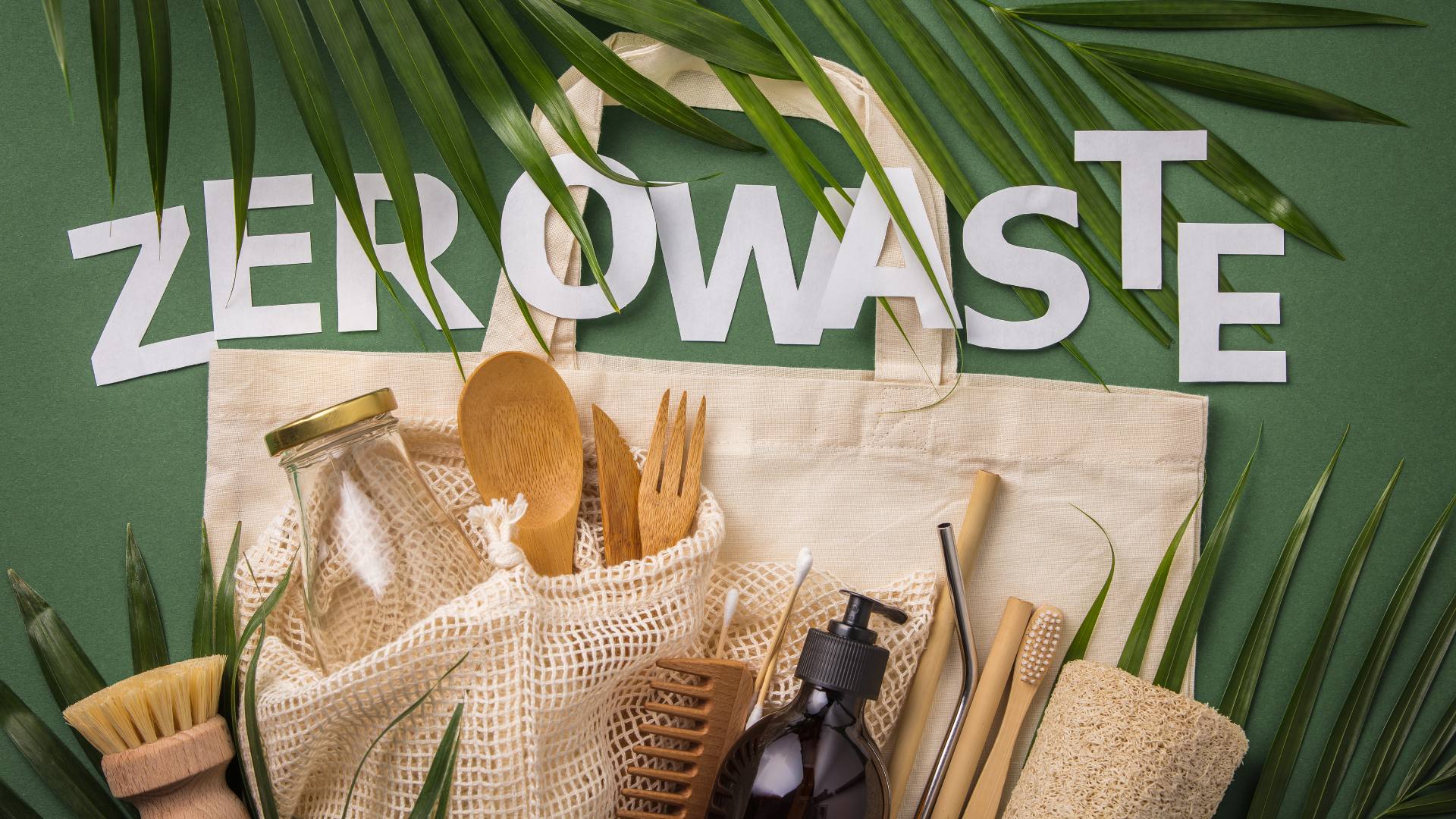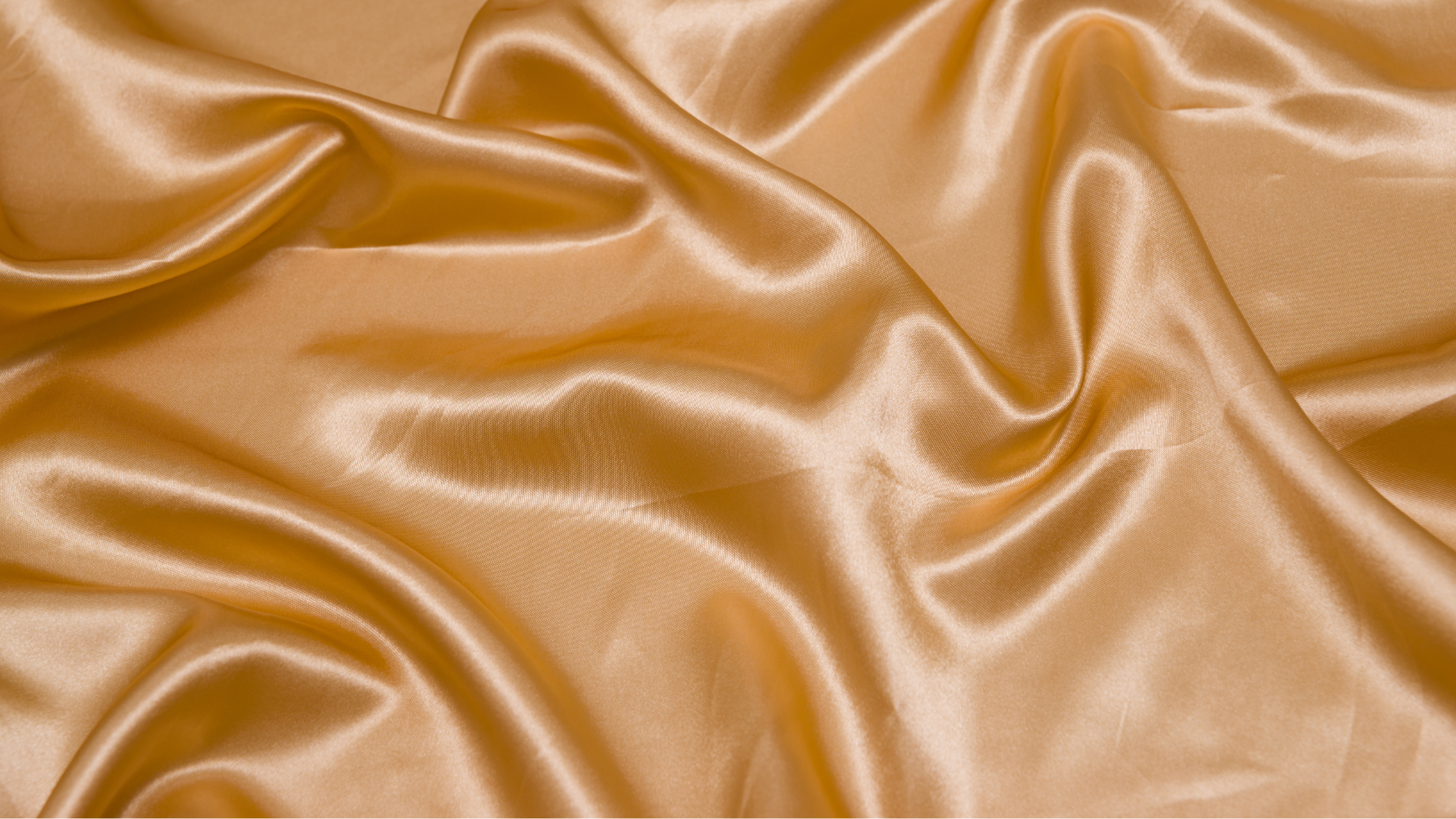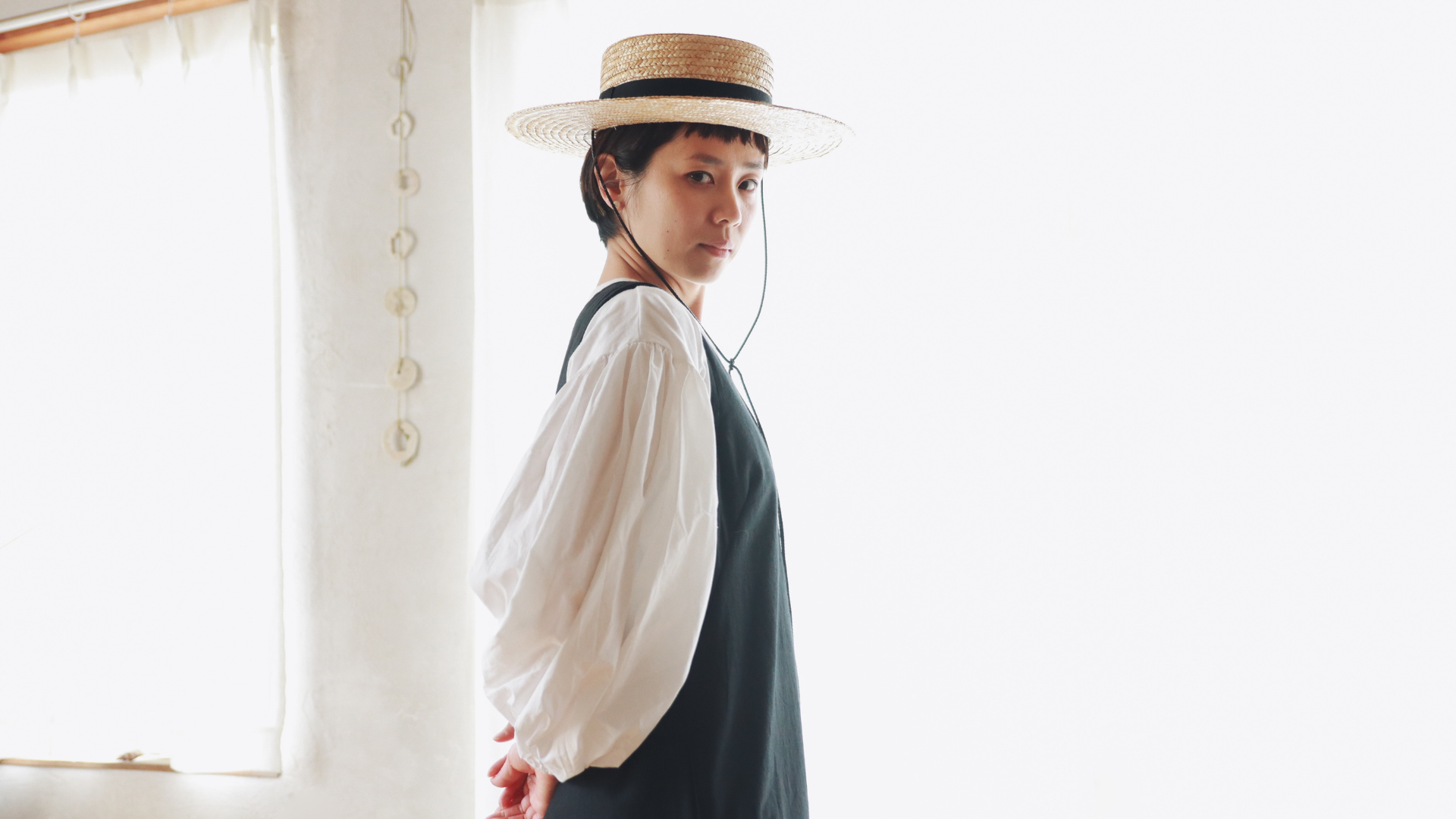Its effectiveness and safety in mineral sunscreens.
Understanding Zinc Oxide and Its Role in Sun Protection
When it comes to protecting your skin from harmful UV rays, not all sunscreens are created equal. Zinc oxide has long been recognized as the gold standard in sun protection, offering unparalleled safety and effectiveness. As a physical UV filter, it reflects and scatters harmful rays, providing broad-spectrum protection against both UVA and UVB radiation. Unlike chemical sunscreens that absorb into the skin, zinc oxide forms a protective barrier on the skin's surface, making it a low-risk and highly effective ingredient.
At Sustai Market, we prioritize products that are safe for people and the planet. Sunscreens containing zinc oxide are a cornerstone of our offerings, and we evaluate them rigorously through our Sustai Score, ensuring they are clean, eco-friendly, and effective. In this blog, we’ll take an in-depth look at why zinc oxide is considered the gold standard in sun protection and how it plays a vital role in mineral sunscreens.
Why Sun Protection is Critical
The Importance of Sun Protection
The sun is essential for life, providing warmth and aiding in the production of vitamin D. However, prolonged exposure to ultraviolet (UV) radiation can have detrimental effects on the skin, including:
-
Premature Aging: UV rays accelerate the breakdown of collagen, leading to wrinkles and loss of elasticity.
-
Sunburn: Overexposure to UVB rays causes painful burns and increases the risk of skin damage.
-
Skin Cancer: UV radiation is a leading cause of skin cancer, including melanoma, basal cell carcinoma, and squamous cell carcinoma.
How Sunscreens Help
Sunscreens act as a shield, protecting the skin from UV rays and reducing the risk of damage. However, the type of sunscreen you use matters greatly in terms of both safety and effectiveness. This is where zinc oxide stands out as a superior choice.
What is Zinc Oxide?
Definition and Properties of Zinc Oxide
Zinc oxide is a naturally occurring mineral that has been used for centuries in skincare. Known for its healing and protective properties, it is widely used in sunscreens, diaper creams, and other skincare formulations.
-
Natural and Safe: Derived from zinc, this mineral is non-toxic and biodegradable.
-
Broad-Spectrum Protection: Zinc oxide protects against both UVA rays (which cause aging) and UVB rays (which cause burning), making it a comprehensive sun protection solution.
How Zinc Oxide Works in Sunscreens
Unlike chemical sunscreens that absorb UV rays and convert them into heat, zinc oxide acts as a physical UV filter, reflecting and scattering harmful rays away from the skin.
-
Immediate Protection: Zinc oxide works as soon as it is applied, unlike chemical sunscreens that require 20-30 minutes to activate.
-
Surface-Level Action: It forms a protective barrier on the skin’s surface and does not penetrate the skin, making it safe for sensitive skin and children.
Non-Nano vs. Nano Zinc Oxide
-
Non-Nano Zinc Oxide:
-
Particles are larger and do not penetrate the skin, offering a safer and more eco-friendly option.
-
Non-nano zinc oxide is also less likely to harm marine life, making it a reef-safe choice.
-
-
Nano Zinc Oxide:
-
Smaller particles provide a sheer finish and are less visible on the skin, but they may raise concerns about absorption and environmental impact.
-
Why Zinc Oxide is Considered the Gold Standard in Sun Protection
1) Superior Broad-Spectrum Protection
Zinc oxide is one of the few sunscreen ingredients that provide true broad-spectrum protection, shielding the skin from both UVA and UVB rays.
-
UVA Protection: Protects against long-wave rays that penetrate deep into the skin, causing aging and DNA damage.
-
UVB Protection: Blocks short-wave rays that cause sunburn and immediate skin damage.
This dual protection is essential for preventing both immediate and long-term skin damage.
2) Safety for All Skin Types
Zinc oxide is universally recognized as safe and suitable for all skin types, including:
-
Sensitive Skin: Gentle and non-irritating, it is ideal for those with eczema, rosacea, or other skin conditions.
-
Acne-Prone Skin: Zinc oxide is non-comedogenic, meaning it won’t clog pores or cause breakouts.
-
Babies and Children: Pediatricians often recommend zinc oxide sunscreens for infants due to their mild and non-toxic nature.
3) Eco-Friendly and Reef-Safe
Unlike chemical UV filters such as oxybenzone and octinoxate, which are harmful to coral reefs and marine life, zinc oxide is environmentally friendly.
-
Reef-Safe Certification: Many zinc oxide sunscreens carry the reef-safe label, ensuring they do not contribute to coral bleaching.
-
Biodegradable: Zinc oxide breaks down naturally, minimizing its environmental impact.
Sustai Market Tip: Look for sunscreens with the Non-Toxic Badge on our platform to ensure they meet the highest safety and environmental standards.
The Science Behind Zinc Oxide’s Effectiveness
1) How Zinc Oxide Protects the Skin
Zinc oxide creates a physical barrier on the skin, reflecting and scattering UV rays before they can penetrate and cause damage.
-
Reflective Action: Unlike chemical sunscreens that absorb UV rays, zinc oxide bounces the rays off the skin’s surface.
-
Full-Spectrum Protection: Its unique structure allows it to block both UVA and UVB rays effectively.
2) Comparison with Chemical Sunscreens
Many chemical sunscreens rely on active ingredients such as avobenzone, octinoxate, or oxybenzone, which absorb UV rays and convert them into heat.
-
Potential Irritation: Chemical ingredients can cause irritation or allergic reactions, especially on sensitive skin.
-
Stability Issues: Chemical filters often degrade quickly in sunlight, reducing their effectiveness and requiring frequent reapplication.
-
Zinc Oxide Advantage:
-
Zinc oxide does not degrade under sunlight, offering consistent and long-lasting protection.
-
It does not interact with the skin’s natural chemistry, making it a safer alternative.
-
3) Stability and Photostability
Zinc oxide is highly photostable, meaning it does not break down when exposed to sunlight. This ensures reliable protection throughout the day without the need for excessive reapplication.
Benefits of Zinc Oxide in Mineral Sunscreens
1) Broad-Spectrum UV Protection
Zinc oxide provides the most reliable protection against all types of UV radiation, reducing the risk of sunburn, skin aging, and cancer.
2) Safe for Babies and Children
As a non-toxic and gentle ingredient, zinc oxide is a top choice for pediatricians and parents alike.
3) Suitable for Everyday Use
Whether you’re heading to work or spending a day at the beach, zinc oxide sunscreens are versatile and safe for daily use.
4) No Harmful Chemicals
Zinc oxide sunscreens are free from synthetic fragrances, parabens, and other harmful additives, making them ideal for those seeking clean beauty solutions.
How to Choose the Best Zinc Oxide Sunscreen
When shopping for a zinc oxide sunscreen, not all products are created equal. Here’s how to identify the best choices for your skin and lifestyle.
1) Key Factors to Consider
-
Percentage of Zinc Oxide:
-
Look for sunscreens that contain at least 10-20% zinc oxide for optimal protection.
-
A higher percentage of zinc oxide often translates to stronger and longer-lasting UV defense.
-
-
Non-Nano Formulations:
-
Non-nano zinc oxide has larger particles that do not penetrate the skin barrier, making it safer for both users and the environment.
-
Non-nano formulations are also less likely to harm marine life, aligning with reef-safe standards.
-
-
SPF Rating:
-
Choose a sunscreen with SPF 30 or higher for daily use.
-
For intense outdoor activities like beach days or hiking, opt for SPF 50 for enhanced protection.
-
-
Broad-Spectrum Certification:
-
Ensure the sunscreen explicitly mentions broad-spectrum protection, which guards against both UVA and UVB rays.
-
2) Reading Labels and Ingredients
Understanding what’s in your sunscreen is crucial to making an informed choice:
-
Identify High-Risk Additives:
-
Reconsider oxybenzone, octinoxate, synthetic fragrances, parabens, and other potentially harmful chemicals that may irritate the skin or harm the environment.
-
-
Look for Certifications:
-
Labels such as reef-safe, eco-friendly, organic, or dermatologist-tested are good indicators of a high-quality product.
-
-
Additional Ingredients:
-
Some sunscreens include soothing agents like aloe vera, chamomile, or calendula, which can enhance comfort for sensitive skin.
-
Hydrating ingredients like hyaluronic acid or glycerin can provide added moisture, particularly for dry or mature skin types.
-
3) How Sustai Market Helps You Choose
Navigating the sunscreen aisle can feel overwhelming, but Sustai Market simplifies the process with tools like:
-
Sustai Score:
-
Our proprietary scoring system evaluates sunscreens based on ingredient safety, eco-friendliness, and effectiveness.
-
-
Non-Toxic Badge:
-
Products with this badge are free from harmful additives and prioritize clean, natural formulations.
-
Sustai Market Tip: Explore our curated selection of zinc oxide sunscreens in the Personal Care & Beauty section to find products that suit your skin type and sustainability goals.
How to Use Zinc Oxide Sunscreens Effectively
Even the best sunscreen won’t protect your skin if it’s not applied correctly. Follow these tips to maximize your sun protection:
1) Application Tips
-
Apply Generously:
-
Use about a nickel-sized amount for your face and one ounce (about a shot glass) for your whole body. Under-application is one of the most common sunscreen mistakes.
-
-
Apply 15 Minutes Before Sun Exposure:
-
Although zinc oxide works immediately upon application, giving it time to settle ensures even coverage and optimal protection.
-
-
Don’t Forget Commonly Missed Areas:
-
Be sure to cover spots like your ears, neck, back of the hands, and tops of your feet.
-
2) Reapplication Guidelines
-
Every Two Hours:
-
Sunscreen should be reapplied every two hours, especially during prolonged outdoor activities.
-
-
After Swimming or Sweating:
-
Even water-resistant sunscreens need to be reapplied after you towel off, swim, or sweat excessively.
-
3) Layering with Other Skincare Products
-
Apply sunscreen as the last step in your skincare routine, after moisturizers and serums.
-
If you wear makeup, choose a sunscreen that acts as a primer or opt for tinted zinc oxide sunscreens for a natural finish.
4) Using Sunscreens on Children
-
For infants older than 6 months, use a pea-sized amount on exposed areas like the face, arms, and legs.
-
Reapply frequently during outdoor activities, especially if they are playing in water or sand.
Environmental and Health Benefits of Zinc Oxide Sunscreens
Switching to zinc oxide sunscreens isn’t just good for your skin—it’s also a win for the environment and your overall health.
1) Reef-Safe and Eco-Friendly
-
Protecting Marine Life:
-
Zinc oxide is biodegradable and does not harm coral reefs, fish, or other marine organisms. In contrast, chemical sunscreens containing oxybenzone and octinoxate contribute to coral bleaching and marine toxicity.
-
-
Sustainable Packaging:
-
Many brands that use zinc oxide also prioritize eco-friendly packaging, such as recyclable tubes or glass jars.
-
2) Non-Toxic for Humans
-
No Hormone Disruption:
-
Unlike some chemical UV filters, zinc oxide does not interfere with the endocrine system, making it a safer choice for long-term use.
-
-
No Skin Penetration:
-
Non-nano zinc oxide stays on the skin’s surface, protecting it without being absorbed into the bloodstream.
-
3) Supporting Sustainable Practices
-
By choosing zinc oxide sunscreens, you are supporting brands that prioritize ethical sourcing, clean manufacturing, and environmental stewardship.
Common Myths About Zinc Oxide Sunscreens
Despite their growing popularity, there are still misconceptions about zinc oxide sunscreens. Let’s bust some common myths:
1) Myth: Zinc Oxide Sunscreens Leave a White Cast
-
Fact: Modern formulations use micronized zinc oxide or tinted options to minimize the white residue, making them suitable for all skin tones.
2) Myth: Zinc Oxide is Not as Effective as Chemical Sunscreens
-
Fact: Zinc oxide provides superior broad-spectrum protection and is more photostable than most chemical filters.
3) Myth: Zinc Oxide Sunscreens Are Only for Sensitive Skin
-
Fact: While ideal for sensitive skin, zinc oxide is highly effective for all skin types, including oily, dry, and combination skin.
Zinc Oxide and the Future of Sun Protection
1) The Growing Popularity of Mineral Sunscreens
-
As consumers become more aware of the harmful effects of chemical sunscreens, the demand for mineral sunscreens with zinc oxide is on the rise.
2) Advances in Zinc Oxide Formulations
-
Innovative brands are developing lightweight, non-greasy, and even tinted zinc oxide sunscreens to cater to a broader audience.
3) Sustai Market’s Role in Promoting Safe Sunscreens
-
At Sustai Market, we champion products that combine safety, effectiveness, and sustainability. Our curated selection ensures you can enjoy the benefits of zinc oxide without compromising your values.
Why Zinc Oxide is the Gold Standard in Sun Protection
Zinc oxide continues to set the standard for safe, effective, and eco-friendly sun protection. Its unmatched ability to block both UVA and UVB rays, combined with its gentle and reef-safe properties, makes it the ideal choice for anyone seeking clean, effective sun care.
At Sustai Market, we make it easy to find zinc oxide sunscreens that meet your needs and align with your values. With tools like the Sustai Score and Non-Toxic Badge, you can trust that every product is safe for your family and the planet.
Explore our range of zinc oxide sunscreens in the Personal Care & Beauty section or learn more about sustainable living practices in our Sustainable Living blogs.



